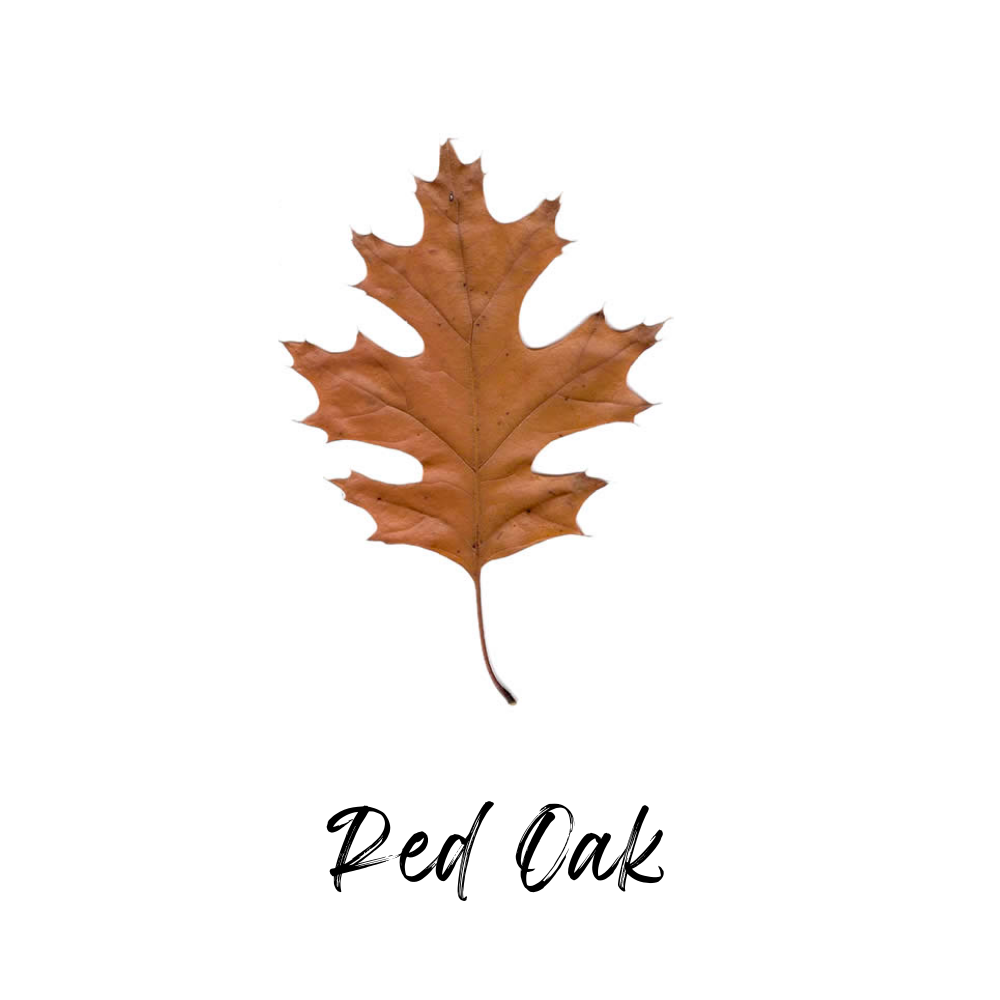
Get to Know your Native Trees: The Oak
The Oak: we thought it fitting given our running team name!

Pro Tree care tips from Mark Cullen
Top tips for protecting your trees through the winter.

TFL Activities Supporting National Forest Week and National Tree Day
This is an exciting week for trees. September 20th, on the beautiful grounds of Sunnybrook Hospital in Toronto, will mark the start of the planting of over 600 trees in honour of Sunnybrook’s healthcare providers and in memory of those who lost their lives due to Covid-19. On National Tree Day, September 21st, we’ll be planting 100 trees at Pierre Rocque Park and Beechwood Cemetery in Ottawa, in honour of those who helped the local community through the pandemic and lost their lives to Covid-19.


Mother Nature Grows 100-Year-Old Seeds
There is a massive river enhancement project underway in the City of Toronto that has revealed new plants – what appear to be long lost wetland plants growing spontaneously from 100-year-old seeds. Crews noticed them because they are unlike anything else growing in the area.

Balsam fir (Abies balsamea)
The Balsam Fir is a large tall narrow conifer, growing up to 30 meters in height. It is one of the more recognizable trees in Ontario. It is the only native fir to Eastern Canada and has flat, blunt needles differentiating it from Spruce.

Arbutus (Arbutus menziesii)
The Arbutus has a seasonal deciduous period form July-August, when all of the leaves from the previous year fall. The current years leaves remain on the tree during this time, making it both an evergreen and deciduous tree.

American Plum (Prunus Americana)
The American Plum is a small tree/large shrub that typically grows up to 5 meters tall. It is native to North America and is widespread throughout Canada. The American Plum is a fast-growing tree but is short lived.

What Technology Could Reduce Heat Deaths? Trees.
Trees can lower air temperature in city neighborhoods 10 lifesaving degrees, scientists have found. They also reduce electricity demand for air conditioning, not only sparing money and emissions, but helping avoid potentially catastrophic power failures during heat waves.

American Mountain-Ash (Sorbus Americana)
The American Mountain-Ash is a slow-growing, short-lived tree that can be found across Ontario, South of Hudson Bay. It grows to 10 meters tall and prefers moist ground; however, it can also grow in rocky, dry soil.

American Hazel (Corylus Americana)
The American Hazel (or Hazelnut) is a multi-stemmed shrub with a round top and wide-spread bottom. It is a larger tree so can adapt well to non-formal areas.
It will bear 2-3 years after planting, but once it starts, will be an annual, abundant crop of small, sweet tasting nuts.

American Chestnut (Castanea Dentata)
The American Chestnut was a very popular tree in Southern Ontario until the blight disease. It is now considered to be a very rare tree. Prior to the disease, the tree grew up to 35 meters tall; however, most trees since have only grown to about 10 meters tall.

Improve employee attitudes and well-being with exposure to trees and nature
Employees who have a view of nature from their desk experience a myriad of benefits. They 1) find their job more challenging, 2) are less frustrated about tasks, 3) feel greater enthusiasm for the job, 4) report feelings of higher life satisfaction and 5) report better overall health than their coworkers without a view. Additionally, desk workers without a view of nature claim 23% more incidences of illness over a six-month period.

American Elder (Sambucus Canadensis)
The American Elder is a fast-growing shrub with large clusters of yellow-white, star-shaped flowers and dark purple elderberries.

Alternate-Leaf Dogwood (Cornus Alternifolia)
The Alternate-Leaf Dogwood is an ornamental tree and is planted as a source of food for birds. Note: the dark blue-black berries are not edible by humans.

Alaska Paper Birch (Betula Neoalaskana)
The Alaska Paper Birch is a small tree with many stems reaching up to 15 meters tall. It is confined to the Northeastern portion of British Columbia and the Northern border of the Yukon Territories; however, is prominent from Northwestern Ontario across to Western Alaska.

Natural landscapes key to Canadian cities, rural areas for building climate resilience, experts say
"Grasslands are very important carbon sinks ... and the White Lake Basin Biodiversity Ranch is a key grassland landscape in the southern interior of British Columbia," said Jasper Lament, CEO of the Nature Trust of B.C.

Climate change: Planting extra trees will boost rainfall across Europe
A new study found that converting agricultural land to forest would boost summer rains by 7.6% on average.

American beech (Fagus grandifolia)
American Beech is a medium sized tree that grows up to 25 meters and can live for over 200 years. It grows across Southern and central Ontario.

Why a Tree Is the Friend We Need Right Now
I was worried that afternoon about an ill family member, and as I stared at her gnarled trunk, I thought of all this tree has survived. I watched the light filter through her canopy and listened to a squirrel chatter on a branch. And I felt better.

